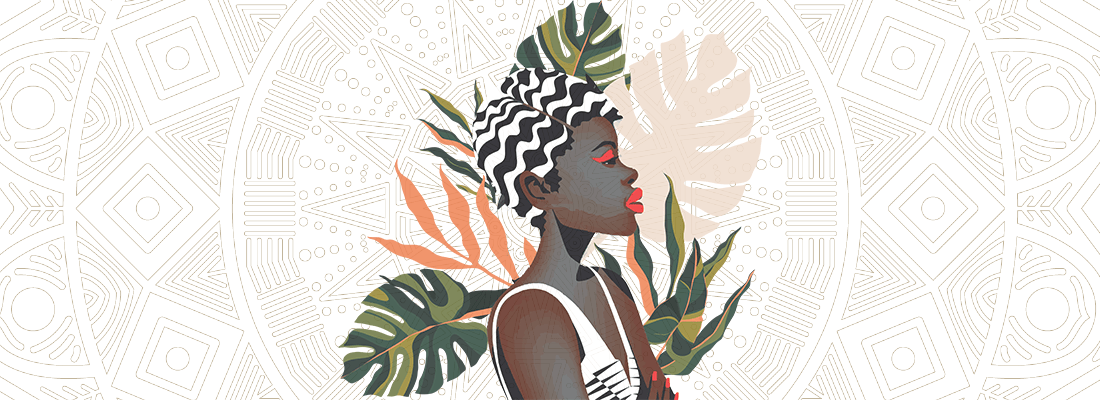Ethiopian Heirloom Coffee
Regular Merlo drinkers will be well versed in the information provided on our Bean of the Month profiles. We’ll tell you what we think it tastes like, list who grew it and where, and invariably there’s a line for “varietal”. And if it’s an Ethiopian coffee that listing will often read: heirloom.
Generally speaking, the word heirloom denotes one of two qualities: a valuable object which has belonged to a family for generations - or - a traditional variety of plant or breed of animal which has existed for many years in its current state, unaltered for commercial large scale agriculture. In the instance of Ethiopian coffee, heirloom holds both meanings.
What is a Coffee Varietal?
Coffee varietals are easily understood if we think of coffee beans as we would apples. Granny Smith are green, vibrant, crisp and tart; the Fuji apple is speckled pink over gold, juicy and sweet as honey. Red delicious, Pink Lady, Jazz and Gala - each variety has its own characteristics and qualities which set it apart, and each has a history of its own. So it is with coffee.
The coffee varietal Bourbon - named for the French royal family, not the whiskey - is known for being sweet and rich in flavour, while the tree itself is tall, with red, orange or yellow cherries.
Maragogype trees are famous for producing coffee beans twice the average size and being full-bodied in flavour to match. At farm level, some coffee varietals are hardier than others, some deal with drought a little better and some are so difficult to cultivate that their rarity has become part of their appeal.
Is Heirloom Coffee Really a Varietal?
Heirloom coffee is a little different, in that the label functions as a catch-all designation applied to the harvest of all coffee trees native to Ethiopia. These endemic species have not been created like other coffee varietals, which were propagated to serve a commercial purpose.
Nor are they a result of a spontaneous mutation - like the chance seedling which produced the Granny Smith apple - which is then cultivated and refined. Heirloom coffee simply grows, and as the people who have lived alongside the trees in Southern Ethiopia will tell you, it always has.Genetic testing of these wild trees has revealed that there are over six thousand distinct strains of Arabica coffee growing in this region. That’s greater diversity than the rest of the world put together.
As the cherries are gathered from a mix of trees growing wild in the forest or in local kitchen gardens - the strains are inextricably mixed.
So what we label as ‘heirloom’ isn’t one variety in a traditional sense, but rather a byword for all Ethiopian coffee which fits the horticultural definition of heirloom: a plant which has existed for many years in its current state, unaltered for large scale agriculture.
Heirloom coffee’s role in Ethiopia
Heirloom coffees may not have been altered to suit large scale agriculture, but this crop is a big part of Ethiopia both in terms of economy and culture.
The coffee industry accounts for 4% of Ethiopia’s GDP, and more than a quarter of the population derive the majority of their income by working in the production, processing or trading of coffee.
Ethiopia ranks 5th in coffee producing nations worldwide, and is the leader in Africa, producing 457 000 000 kg of coffee in 2021.
Of this vast quantity of coffee beans, over 90% could be classified as heirloom. It has been gathered by hand from these wild trees - a world away from the plantations of top-producing country Brazil, where the neat lines of uniform trees can stretch for kilometres.
Another way in which Ethiopian coffee sets itself apart is the level of local consumption. Coffee is an intrinsic part of the Ethiopian way of life and over half of the coffee grown in the nation is also consumed there.
Each region has developed their own traditions in both the cultivation and serving of coffee and depending on where you sit down to ‘Buna Tete’ (drink coffee) the brew in your cup could hold aromatics of bergamot or jasmine, flavours of blueberry, cherry or cocoa, and the mouthfeel can range from tea-like to creamy, or even mimic the heaviness of a rich red wine.
A True Heirloom
It is this kaleidoscope of flavours which makes Ethiopian coffee so coveted by coffee roasters like Merlo. We crave the complexity and depth that only thousands of years of evolution can create.
In Ethiopia, the people know that their coffee is of the highest quality, but there is much more to its value than any cupping score could contain. By eschewing industrial agricultural norms which dictate that fields should be levelled and planted with a single crop for maximum efficiency, Ethiopian coffee producers have maintained the coffee tree’s role as an important part of the diverse local ecosystem.
The coffee trees are tended, pruned and picked in place, and this practice strengthens not only the trees, the soil and the environment, but also the local traditions.Ethiopian coffee is more than a business, or a drink. It’s an heirloom in the truest sense - something of great value passed down through the generations. And as we all work to adapt to challenges brought on by modern agricultural practices, perhaps Ethiopian heirloom coffee, with all its unconstrained diversity, can tell us a bit about the future of coffee too.
Heirloom coffees will always resist the constraint of a single definition, and every cup is ready to surprise us with new combinations of flavour, aroma, acidity, and body. It’s this capacity to astonish that makes Ethiopian heirloom coffee unique, and a true treasure.



